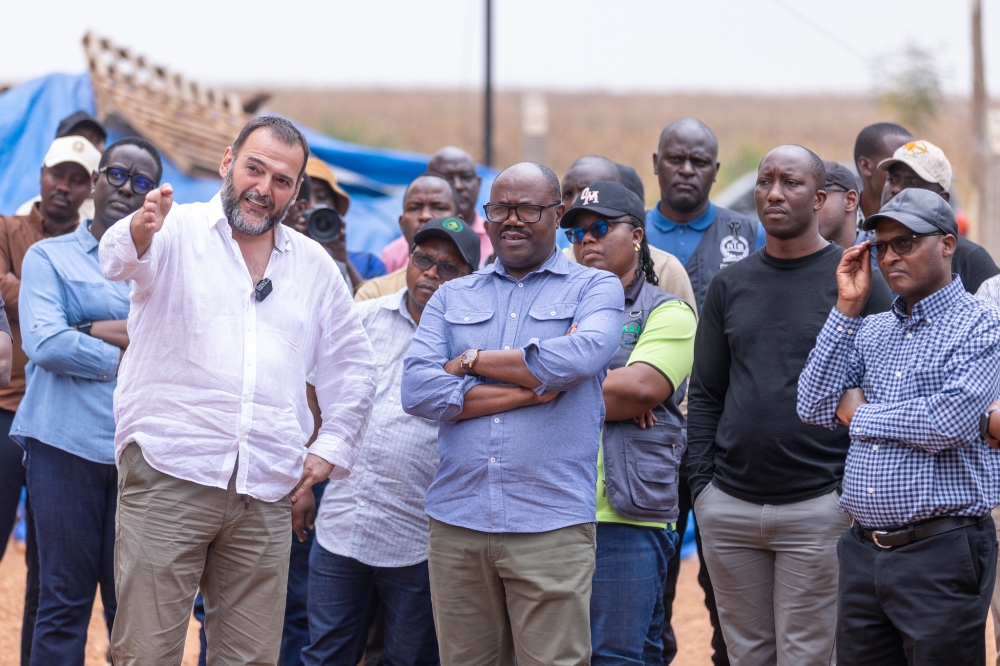Is there a visual tool that can be used for resource management and urban planning? Is there a tool that combines geospatial intelligence, statistical analysis with military planning?In fact there is, Geographic Information Systems (GIS), and Rwanda is one of the leading countries in the region in terms of its utilisation.


Is there a visual tool that can be used for resource management and urban planning? Is there a tool that combines geospatial intelligence, statistical analysis with military planning?
In fact there is, Geographic Information Systems (GIS), and Rwanda is one of the leading countries in the region in terms of its utilisation.
A computer system that captures, stores, analyses and displays geographically referenced information (data identified according to location); the beauty of a GIS is in its ability to relate different information in a spatial context and reach a conclusion about this relationship.
Using existing digital information not yet in a map form, it converts it into forms it can recognise and use.
For example, digital satellite images can be used to create a digital formation about land use/cover; one can use census or even hydrologic tabular data to a map and serve as layers of thematic formation in a GIS.
In fact coordinates from GPS (Global positioning system) can be uploaded for use in a GIS. With GIS, Rwanda, under Esri Rwanda, takes a new path in planning like never before-charting out roads, power lines.
This direction will yield a high ROI because given our limited resources, we cannot afford to gamble with our most delicate decisions. I am particularly impressed by the joint effort between Esri and the two major Rwandan universities-availing researchers the opportunity to customize this technology for the Rwandan setting.
In addition, the fact that this system also serves Burundi is of great advantage as the two countries now have access to even more shared information; its use encourages cooperation and communication among organisations involved in environmental protection, planning, resource management as standard data formats to ease digital information exchange among users of different systems.
An area that could heavily benefit from GIS (maybe it is already in the works but I found no online resources alluding to this) is the agricultural sector to facilitate monitoring of water pollution.
For example, using agricultural records with hydrographic data, it is possible to determine which streams will carry fertiliser runoff; the agricultural records can also indicate how much pesticide has been applied on a particular piece of land and intersecting the information from these pieces of land and nearby streams, the GIS can predict nutrient runoff in each stream and the total load downstream to a lake calculated.This is paramount in monitoring the quality of water and avoids the drilling of wells and boreholes in particular sectors of the country.
GIS is also vital for emergency response planning such as for earthquakes and is invaluable for the understanding of terrestrial processes and human activities to improve economic vitality and environmental quality.
Yale University even uses GSP interactive GIS maps of Rwanda for their Genocide Studies Program; this is one example of how GIS can be exploited in the pedagogical spheres of Rwanda.




